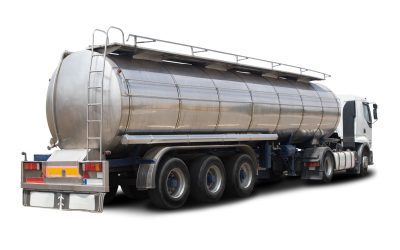Valves are essential in oil and gas production and perform multiple functions in controlling fluids within the pipeline or refinery. Though they all serve the main primary purpose, valves come bearing features that distinguish different types.
Valve actuators like the piston influence the system’s overall performance. Therefore, when choosing a valve, consider these essential tips for the best type to fit the system right.
1. The control valve type
Valve actuators are either manual, electric, or hydraulic.
Manual actuators use wheels, gears, and levers for movement and do not have a power source. Also, they are not ideal for corrosive environments, unlike pneumatic valves. On the other hand, electric actuators are powered by a three-phase or single-phase motor and are the most popular in the market. Often, they have a declutching system that allows manual operation in case of power failure.
Finally, hydraulic and pneumatic valves are useful where there is no electricity. The hydraulic valve differs from pneumatic counterparts like the piston actuated valves in that the former contains incompressible fluid while the latter uses compressed air.
2. Use factors
Before selecting a valve actuator type, consider the factors surrounding its usage. For example, the power source ought to be compatible with the actuator, so an electric valve will be useless where there is no electricity.
Moreover, the actuators must be able to withstand an extensive temperature range. Ensure that the right bearings, grease, and seals are installed to ascertain this. Finally, the valves must be ideal for the environment, and pneumatic valves will be a great choice for an abrasive or toxic environment.
3. Operation mode
Valve mechanisms are either rotary or multi-turn. Rotary valves easily fit into the equipment and include the orbit ball valve, butterfly valve, and plug valve. On the flip side, multi-turn operations need multiple turns as they have non-rotating components. They include gate valves, globe valves, and knife gates.
Valves are key to the success of an oil and gas plant, and the right fit is instrumental to seamless operations. Consider other important features such as the material quality, the valve cost, and the equipment longevity.


